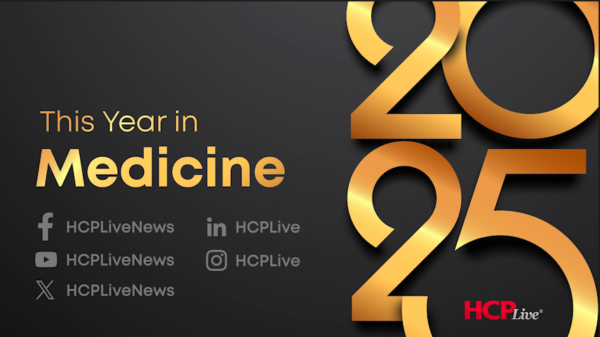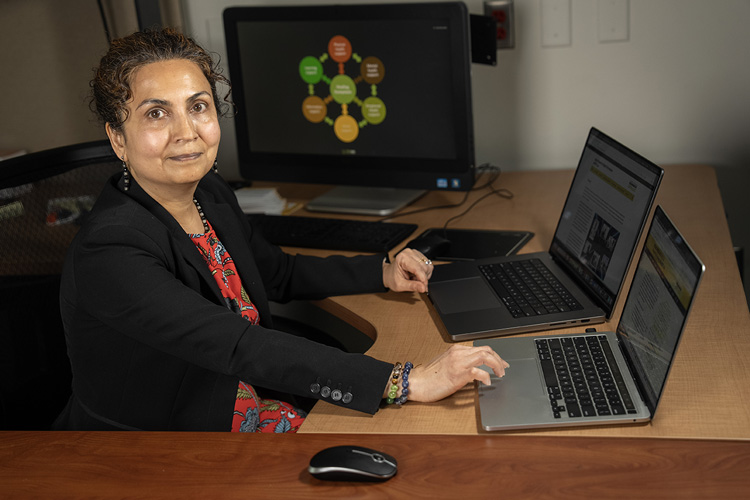Priya Nambisan, an associate professor of health care informatics at the University of Wisconsin-Milwaukee (UWM), has pioneered innovative health technology solutions after a personal health scare. In a moment of distress, Nambisan faced alarming symptoms that led her to the emergency room, where she learned she was not experiencing a heart attack, but rather an anxiety attack brought on by the pressures of her professional and personal life.
This experience prompted Nambisan to reflect on the intersection of health and technology, themes she had researched extensively throughout her career. “I had so much stress,” she shared, highlighting the challenges she faced while managing the demands of publishing academic articles and securing grants, all while caring for her two-year-old twins. Like many women, Nambisan found that her health was often deprioritized.
Tracking Health for Better Outcomes
To combat her stress and health issues, Nambisan began tracking various factors affecting her well-being, utilizing familiar tools such as Excel to monitor her diet, work-life balance, and resting heart rate. This led to the development of her comprehensive health tracking application, My Healing Ecosystem for Self-care & Therapeutic Integration for the Aging (myHESTIA). Unlike other health apps that focus on single conditions, myHESTIA allows users to manage multiple chronic conditions within one platform, making it especially beneficial for aging populations who may not be technologically savvy.
Nambisan emphasizes that accurate tracking is essential for effective self-health management. “Mentally, keeping track doesn’t work. Your brain cheats, and it’s too much information to keep in your head,” she explained. By writing down health data—whether digitally or in a notebook—users can gain better insights into their health.
Her research has received significant funding, including pilot studies and larger-scale investigations. One study, supported by the Fulbright program, examines how adult children in India can remotely monitor the health of their aging parents. Another project, funded by the Bader Foundation, investigates the use of myHESTIA with patients in the early stages of dementia and their caregivers.
Addressing Social Media’s Impact on Youth Mental Health
Nambisan also directs the Social Media and Health Research & Training (SMAHRT) lab at UWM, where she collaborates with students on various research initiatives. In March 2024, she and her colleague, Lance Weinhardt, received a $1.3 million grant from the National Institutes of Health to study the correlation between social media usage and suicide rates among at-risk youth. This project particularly focuses on the challenges faced by LGBTQ+ youth, who are often more vulnerable to suicidal thoughts and may seek help online.
“It’s a very difficult research topic to study due to the complexities of suicide and a lack of clarity in the causes of suicides,” Nambisan noted. The research aims to capture how youth interact with social media and the emotional responses they experience. To navigate this complexity, the team employs artificial intelligence to analyze the vast amounts of data collected.
Nambisan’s work has drawn attention, leading to invitations to speak at schools and community forums, particularly addressing the issue of youth suicide. While discussing such a sensitive topic can be challenging, she remains hopeful that her research will contribute positively to the mental health landscape.
As a leader in the integration of health and technology, Priya Nambisan continues to develop tools and conduct research that can significantly impact the health and well-being of individuals, particularly those who are often overlooked in traditional health care systems.





































































